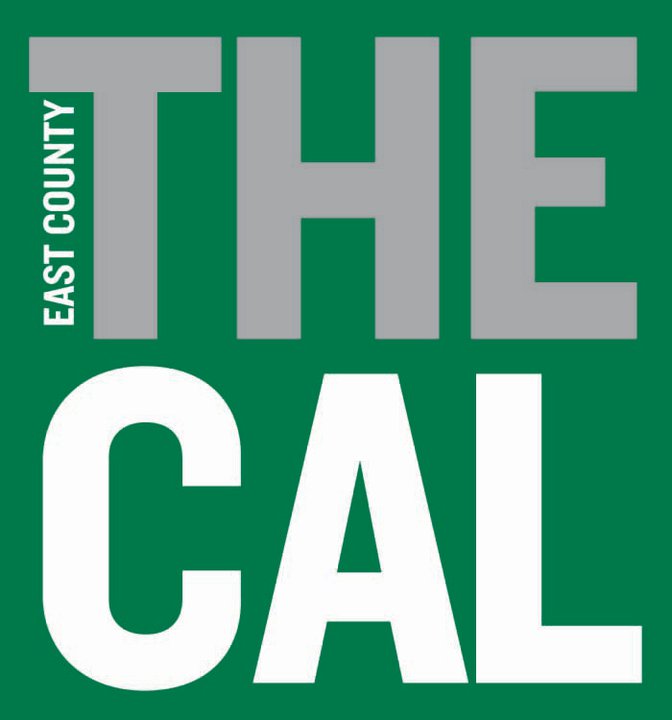We all want to keep this region a wonderful place to live. We want to protect our environment. We want our local economy to thrive. We want everyone to have the chance to live in healthy, vibrant communities.
We all want to keep this region a wonderful place to live. We want to protect our environment. We want our local economy to thrive. We want everyone to have the chance to live in healthy, vibrant communities.
How do we achieve these goals for the future in the face of inevitable change? Because big change is coming. There are 3.2 million people in the region now – we expect another million in the next 35 years, mostly from the children of people who already live here now. With those new people will come another half a million jobs and 300,000 homes.
Accommodating that growth while still maintaining our quality of life is going to take careful planning. That is what the San Diego Association of Governments has been doing over the last three years. The result is San Diego Forward: The Regional Plan.
San Diego Forward – a vision created with the help of more than two years of public and stakeholder input – envisions a future where we will accommodate growth in our existing communities, preserve our open space, and create active, vibrant communities connected by a variety of transportation choices. More public transit, more Managed Lanes (carpool lanes, that can also be accessed by transit and sometimes toll paying solo drivers) to create free flow for transit and carpools, and a region wide network of biking and walking facilities. All told, San Diego Forward calls for a $204 billion investment in our transportation system between now and 2050.
In East County, that means adding improvements to major east/west travel corridors, including operational improvements on Interstate 8 from Interstate 5 to Second Street, and the widening of I-8 to six lanes from Second Street to Los Coches. Also, the Plan also includes the addition of a general-purpose lane and a Managed Lane in each direction on State Route 125 from SR 94 to I-8. It also means fixing the connectors between State Route 125 and State Route 94 – which are missing key elements. More lanes will be added to alleviate the bottleneck on State Route 52 between Mast Boulevard and State Route 125.
In terms of transit, the Plan calls for Rapid services from El Cajon to UTC, El Cajon to Sorrento Mesa, and from El Cajon to Downtown San Diego. The frequency of the Orange Line Trolley will be increased, and grade separations will be added to separate regular traffic from the Trolley line, improving safety and traffic flow. Green Line Trolley frequency also will be increased.
At the local level, it will be important for improvements to be made within the communities to allow people and goods to move freely within the communities, allowing people to live, work, and enjoy themselves within the East County.
Adding transportation choice has its benefits. In terms of the economy, a functioning transportation system – that allows people and goods to move freely, connects workers with education and jobs, and connects businesses with their partners and their customers – results in jobs and increased productivity. Economic analysis of San Diego Forward shows that for every dollar invested in the Plan, we will realize almost $2 in economic benefit. An efficient system will support an average of 53,000 more jobs a year, and it will result in an average annual increase of $13.4 billion in gross regional product.
Creating choice allows for more trips to occur outside of a solo vehicle, benefiting the environment. The state requires regional agencies like SANDAG to achieve greenhouse gas (GHG) reductions from cars and light trucks through the coordination of land use and transportation planning. The transportation network included in San Diego Forward will allow our region to meet those targets (set by the California Air Resources Board). Our region is required to cut per capita GHG by 7 percent by 2020 over a 2005 baseline. San Diego Forward will far exceed that target, cutting GHG by 15 percent. In 2035, our target is 13 percent reduction – the Regional Plan will achieve 21 percent.
San Diego Forward is a balanced plan, aimed at increasing choice. That said, the largest share of funding in each phase of the Plan would be invested in transit.
Overall, the Regional Plan commits more than 50 percent of its $204 billion investment to transit, including five new Trolley lines, 32 new Rapid bus lines, and significant increases in transit frequencies.
An additional 15 percent is dedicated to adding 160 miles of Managed Lanes to our existing freeways for the specific purpose of allowing transit, carpools, and vanpools to be more efficient and bypass traffic.
More than $588 million is dedicated to building 275 miles of bikeways, making active transportation a realistic alternative to car travel for more people.
In the next five years, fully 75 percent of all transportation funds will be invested in transit and active transportation, including the Mid-Coast Trolley extension and the continued double tracking of our coastal rail corridor.
In the end, we all have the same goals for the region’s future – a strong economy, healthy communities, and environmental protection. And we all have a role to play in getting us there, including finding ways to reduce driving while at the same time strengthening and expanding our choices for getting around within and between our communities. Let’s work together to keep San Diego moving forward.
Jack Dale
Santee council member and SANDAG chair














